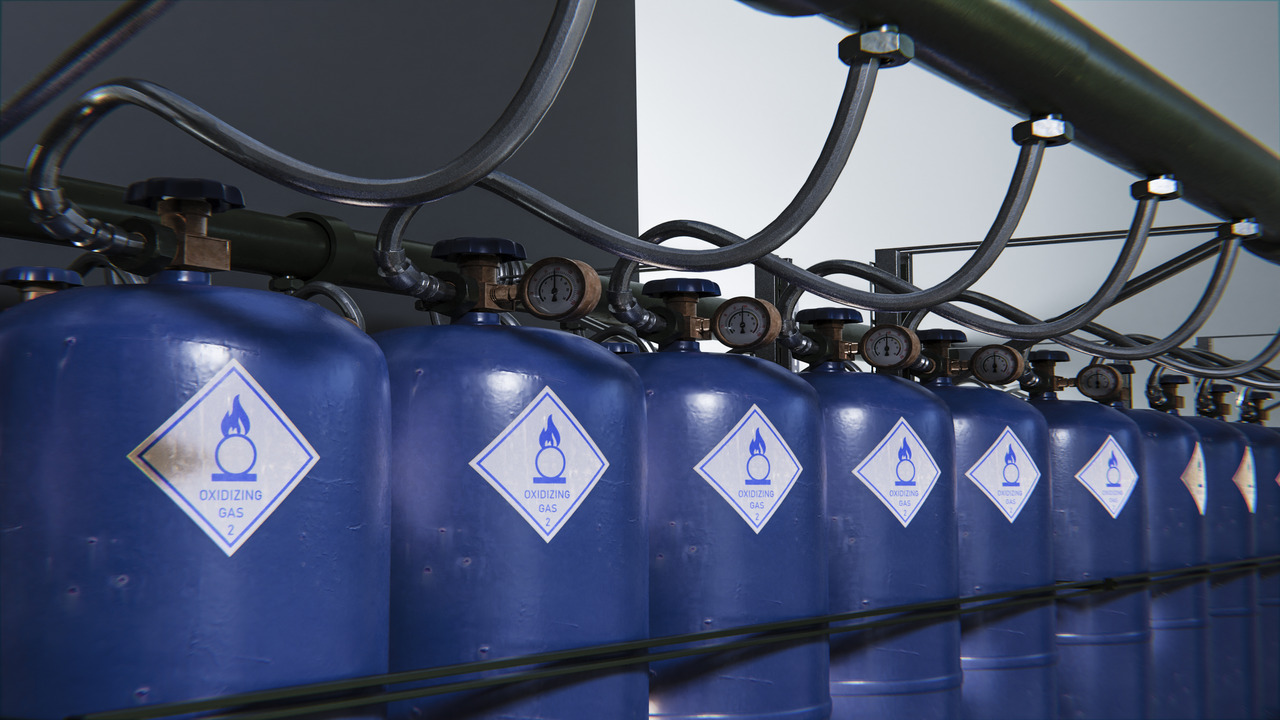An advance in hydrogen fuel cell technology, attained through collective research, has considerably lowered costs by substituting platinum metals with silver in catalysts, marking an important step towards affordable and effective green energy storage.
As the global shift towards renewable energy sources gains speed, there arises a vital challenge, how to accumulation energy efficiently for periods when solar and wind power aren’t accessible.
One leading candidate, the hydrogen fuel cell, just got a big enhancement, thanks to fundamental research stemming from the Department of Energy’s SLAC National Accelerator Laboratory, Stanford University, and the Toyota Research Institute (TRI), that was lately translated to practice in a fuel cell device via a association between Stanford and Technicon Institute of Technology.
Hydrogen fuel cells have great potential for energy storing and conversion, using hydrogen as an substitute fuel to, say, gasoline, said Michaela Burke Stevens, an associate scientist with SLAC and Stanford University’s joint SUNCAT Center for Interface Science and Catalysis and one of the main authors on the study. But it’s still expensive to run a fuel cell.
The problem, Burke Stevens informed, is that fuel cells classically depend on a catalyst – packed with costly platinum group metals (PGM) – that enhance the chemical response that makes the structure work. That led Burke Stevens and her group to explore ways to make the catalyst inexpensive, but achieving such an essential change to a fuel cell’s chemistry is an intimidating challenge. Researchers often find a catalyst that works in their minor lab arrangement doesn’t work out so well when a corporation tries it in a real-world fuel cell.
This time, the scientists balanced costs, by partly replacing PGMs with a cheaper substitute, silver; but the actual key was to streamline the chemical recipe for getting the catalyst onto the cell’s electrodes.
A design of a silver-palladium thin film deposited on a porous carbon electrode, which scientists trust could make hydrogen fuel cells easier and less costly to produce. Credit: José Zamora Zeledόn, John Douglin and Michaela Burke Stevens
Researchers typically mix the catalyst into a liquid and then spread it onto the mesh electrode, however these catalyst formulae don’t always play out the same way in diverse lab environments with different tools – making it problematic to interpret the work into real-world applications. Wet chemical processes are not predominantly resilient with respect to laboratory environments, said Tom Jaramillo, director of SUNCAT, which made the partnership possible.
To get about that issue, the SLAC team in its place used a vacuum chamber for more precise depositions of their new catalyst onto electrodes. This high-vacuum instrument is a very ‘what you see is what you get’ type of technique, said Jaramillo. As long as your structure is calibrated well, in principle, people can replicate it readily.
To guarantee that others could duplicate their method and apply it straight to full-scale fuel cells, the team operated with experts at Technion, who presented that the technique worked in a practical fuel cell.
This venture was not set up to do the fuel cell testing here, so we were really lucky that the lead Stanford graduate student on the project, José Zamora Zeledόn, molded a linking with Dario Dekel and his PhD student John Douglin at Technion. They were set up to examine the authentic fuel cells, so it was a truly agreeable mixture of resources to put together, said Burke Stevens.
Collectively, the two teams found that by replacing cheaper silver for some of the PGMs used in earlier catalysts, they could attain a similarly effective fuel cell with a much lesser price tag –and now that they have a established method of developing catalysts, they can begin testing more striving ideas.
We could try going completely PGM-free, said Jaramillo. Dekel, a chemical engineering professor and director of the Grand Technion Energy Program at Technion, was equally enthusiastic by the partnership’s possibility. This has great benefits for the exploration of fuel cells in the academy as well as for real-world catalyst expansion in the fuel cell industry, he said.
Looking forward, Jaramillo said, studies such as this will decide whether fuel cells can achieve their potential. Fuel cells are looking exciting and interesting for heavy-duty transportation and fresh energy storage, said Jaramillo, but it’s eventually going to come down to dropping cost, which is what this collective work is all about.








